Hi there, pet lovers! 🦎
If you’re searching for a unique and fascinating reptile to add to your collection, the Timor Monitor (Varanus timorensis) might just be the perfect choice. These small, arboreal monitors are known for their striking appearance, active nature, and captivating personalities. However, they are not for everyone. In this detailed review, we’ll explore everything you need to know about Timor Monitors, from their temperament and care requirements to their availability and cost. Whether you’re a seasoned reptile keeper or a curious beginner, this guide will help you decide if the Timor Monitor is the right pet for you.
Overview
Timor Monitors are small, arboreal lizards native to the islands of Timor and surrounding regions in Southeast Asia. They are known for their beautiful blue-spotted patterns (which may fade with age), semi-prehensile tails, and agile, tree-dwelling behavior. Here’s a quick summary of what makes them stand out:
- Handling and Temperament: Shy, nervous, and not ideal for frequent handling. Best suited for observation rather than interaction.
- Care and Maintenance: Moderate to high maintenance, requiring a well-planned enclosure with specific humidity, temperature, and climbing features.
- Health and Durability: Generally hardy but sensitive to improper care, especially regarding humidity and UVB lighting.
- Availability: Available through breeders and expos, but captive-bred individuals are recommended over wild-caught imports.
- Cost: Moderate initial cost for the lizard, with additional expenses for a proper setup.
Timor Monitors are a rewarding choice for experienced reptile keepers who appreciate their unique beauty and behavior but are willing to meet their specific care needs.
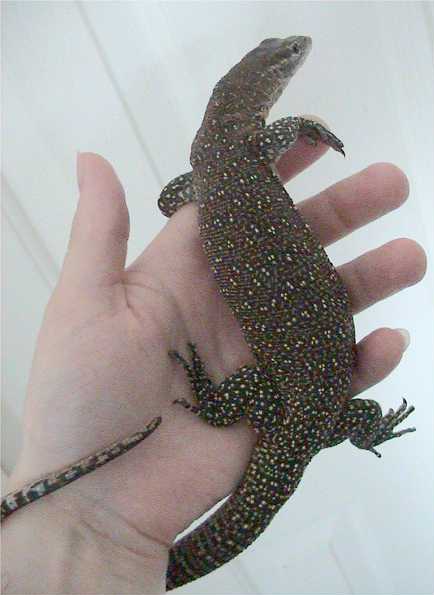
Why Choose a Timor Monitor?
Timor Monitors are ideal for reptile enthusiasts who want a small, visually stunning monitor lizard that doesn’t require the massive space or resources of larger species like Nile Monitors or Savannah Monitors. Their arboreal nature and active behavior make them fascinating to observe, and their manageable size (typically 2-3 feet in length) makes them more practical for most homes.
However, they are not beginner-friendly pets. Their shy temperament, specific care requirements, and sensitivity to stress mean they are best suited for experienced keepers who can provide a dedicated and enriching environment.
Handling and Temperament
Timor Monitors are not known for being handleable pets. They are naturally shy, nervous, and defensive, often relying on their speed and agility to escape perceived threats. While they can become accustomed to human presence over time, they rarely enjoy being handled and may become stressed if forced into frequent interaction.
Personality Variations
- Timor Monitors are typically flighty and prefer to hide or climb away when approached.
- Some individuals may become more tolerant of their keeper’s presence, especially if hand-fed or gently interacted with over time.
Handling Tips
- Minimize Handling: Avoid frequent handling to reduce stress. Focus on building trust through observation and hand-feeding.
- Be Gentle: If handling is necessary, approach slowly and support their body to prevent injury or stress.
- Watch for Signs of Stress: Tail whipping, hissing, or attempts to flee are clear indicators that the lizard is uncomfortable.
Biting and Defensive Behavior
While Timor Monitors are not aggressive, they may bite if they feel threatened. Their teeth are sharp and can cause minor injuries, but bites are rare if the lizard is not provoked. Their claws, designed for climbing, can also scratch if they attempt to climb on you.
Overall, Timor Monitors are best appreciated as display animals rather than hands-on pets.
Care and Maintenance
Timor Monitors require a well-planned enclosure and consistent care to thrive. Their arboreal nature and specific environmental needs make them moderately high-maintenance pets.
Enclosure Setup
- Size: A minimum enclosure size of 4 feet tall, 3 feet wide, and 2 feet deep is recommended for one adult. Larger is always better.
- Climbing Space: Provide plenty of vertical space with branches, vines, and cork bark for climbing.
- Substrate: Use a moisture-retaining substrate like coconut fiber or cypress mulch to maintain humidity.
- Hiding Spots: Include multiple hiding spots, such as cork rounds or foliage, to help the lizard feel secure.
Humidity and Temperature
- Humidity: Maintain humidity levels between 60-80% with regular misting and a substrate that holds moisture.
- Temperature: Provide a basking spot of 95-100°F and a cooler area around 80-85°F. Nighttime temperatures can drop to 75-80°F.
Feeding
- Diet: Timor Monitors are carnivorous and thrive on a diet of insects (crickets, roaches, mealworms) and occasional small vertebrates (pinky mice or quail eggs).
- Supplements: Dust food with calcium and vitamin supplements to prevent nutritional deficiencies.
- Feeding Schedule: Feed juveniles daily and adults every other day, adjusting portion sizes based on appetite.
Lighting
- Provide a high-quality UVB light to support calcium metabolism and overall health.
- Ensure a proper day-night cycle with 10-12 hours of light per day.

Health and Durability
Timor Monitors are generally hardy when provided with proper care, but they are sensitive to environmental changes and improper husbandry.
Common Health Issues
- Metabolic Bone Disease (MBD): Caused by insufficient calcium or UVB lighting. Symptoms include weak bones, deformities, and difficulty moving.
- Respiratory Infections: Often due to low humidity or poor ventilation. Signs include wheezing, mucus around the nose, and lethargy.
- Dehydration: Can occur if humidity levels are too low. Ensure fresh water is always available.
Preventative Care
- Maintain proper humidity and temperature levels.
- Provide a balanced diet with supplements.
- Regularly clean the enclosure to prevent bacterial buildup.
With proper care, Timor Monitors can live 10-15 years in captivity, making them a long-term commitment.
Availability and Cost
Timor Monitors are not as widely available as some other reptiles, but they can be found through reputable breeders and reptile expos. Captive-bred individuals are recommended over wild-caught imports, as they are generally healthier and better acclimated to captivity.
Where to Buy
- Breeders: The best option for healthy, well-socialized lizards.
- Reptile Expos: A great place to meet breeders and see the lizards in person.
- Pet Stores: Less ideal, as they often carry wild-caught individuals.
Cost
- Lizard Price: $200 to $400 for captive-bred individuals. Wild-caught monitors may be cheaper but come with health risks.
- Setup Cost: $500 to $1,000 for a proper enclosure, lighting, heating, and decorations.
Pros and Cons
Pros
- Striking appearance with unique blue-spotted patterns.
- Manageable size compared to larger monitor species.
- Fascinating arboreal behavior and active nature.
- Long lifespan with proper care.
Cons
- Shy and nervous temperament, not ideal for handling.
- Moderate to high maintenance with specific care requirements.
- Sensitive to environmental changes and stress.
- Captive-bred individuals can be expensive and hard to find.
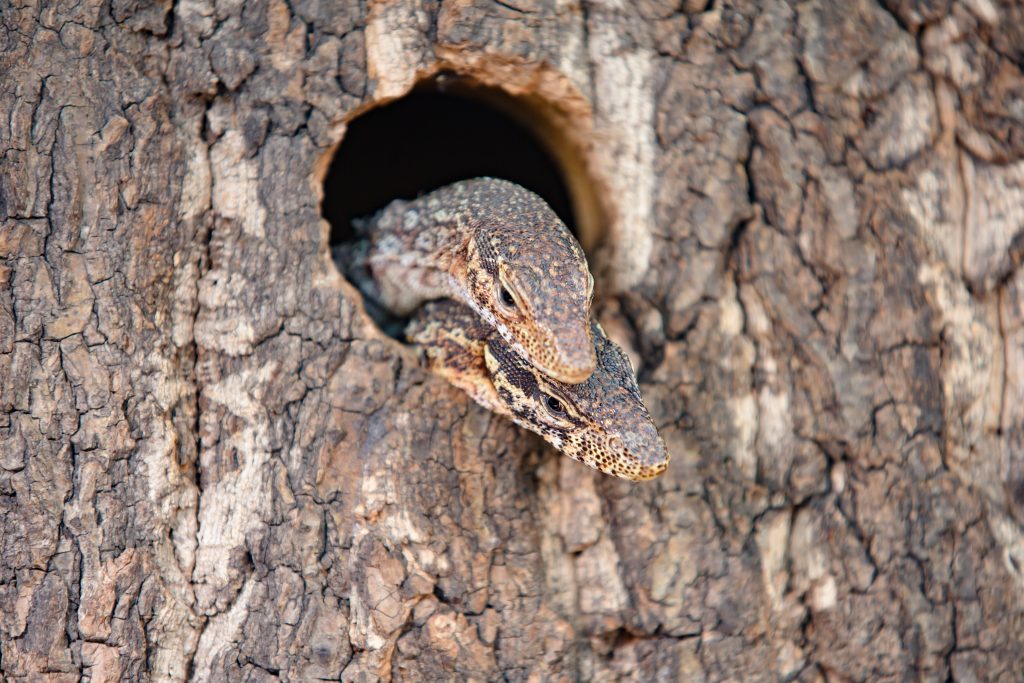
Final Thoughts
Timor Monitors are a fantastic choice for experienced reptile keepers who appreciate their unique beauty and behavior. While they are not handleable pets, their active nature and striking appearance make them a joy to observe. However, their specific care requirements and shy temperament mean they are best suited for dedicated enthusiasts who can provide a well-planned and enriching environment.
If you’re considering a Timor Monitor, we highly recommend sourcing a captive-bred individual from a reputable breeder. With proper care and attention, these fascinating lizards can make a rewarding addition to your reptile family.
Have you owned a Timor Monitor? Share your experiences and tips in the comments below! We’d love to hear how you care for your monitor and what makes them special to you.
For more reptile care tips and reviews, stay tuned to our blog and don’t forget to subscribe to our newsletter! 🦎



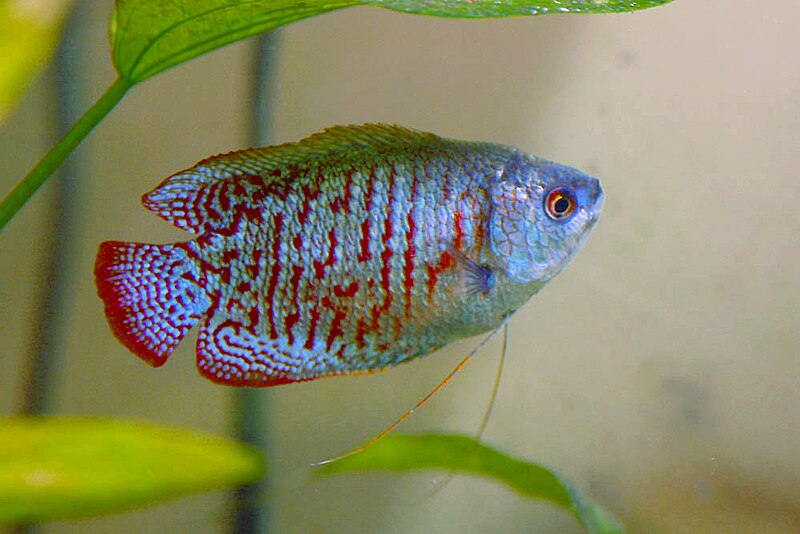

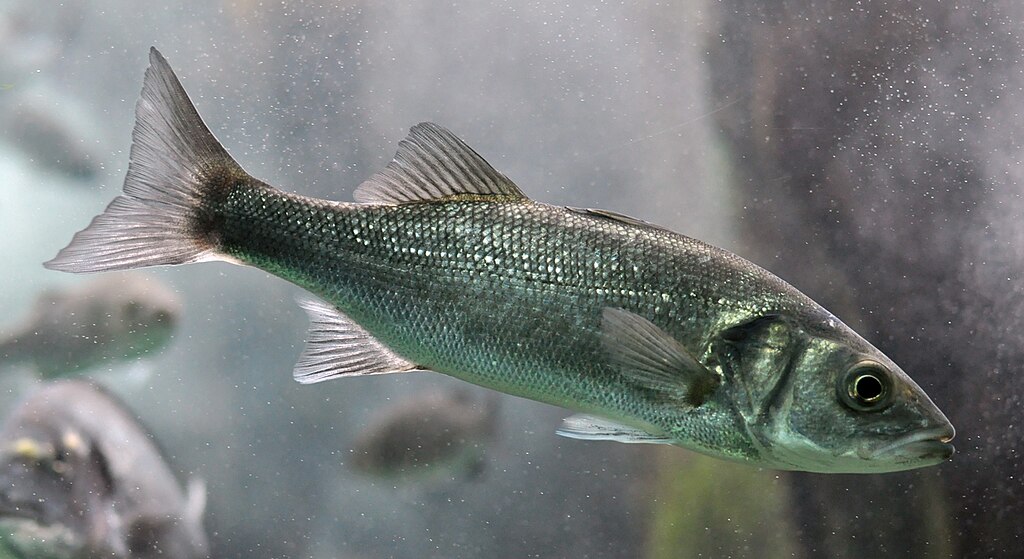

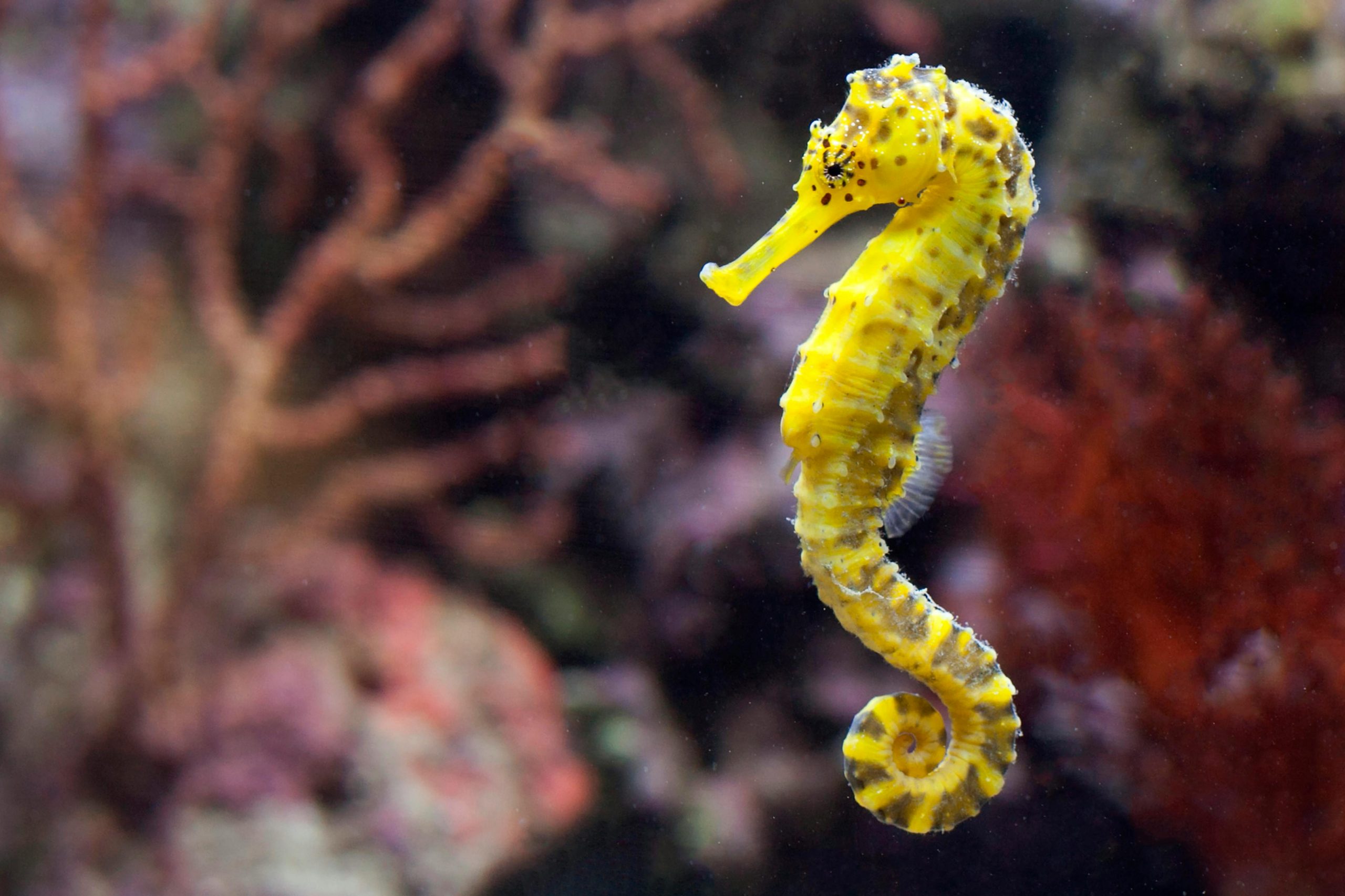
Leave a Reply